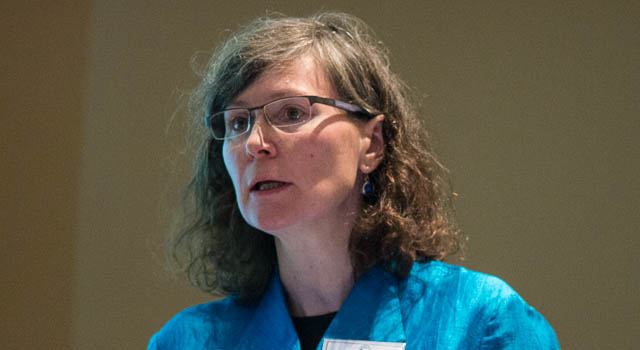
South Africa should be aiming higher than it is with its plans for providing universal broadband access by 2020 and may need to consider new business models. Furthermore, allowing Telkom’s rivals access to its copper network may not solve the nation’s connectivity woes.
These are the views of Catherine Middleton, professor in the Ted Rogers school of management at Ryerson University in Toronto, who says a cohesive broadband strategy isn’t simply about infrastructure. Middleton was speaking at a breakfast hosted by the International Institute of Communications in Sandton on Thursday.
Middleton says governments need to “aim for abundance, not scarcity” when it comes to broadband and “engineer networks accordingly”.
There are “many approaches” to providing next-generation broadband, she adds. Singapore, for example, has adopted a public-private partnership model for its next-generation national broadband network (NBN), while Australia’s NBN is a wholly public project.
Other models are Google Fiber, the private, non-operator-controlled fibre-optic network that’s been rolled out in Kansas City, and the UK’s B4RN (Broadband for the Rural North) project, where farmers in England’s northern counties have begun a community-driven initiative to lay their own fibre network.
“Perhaps it’s time to challenge existing business models,” Middleton says. One such rethink may include abandoning the local loop as a means of enhancing competition. In South Africa, the local loop — the “last-mile” of copper wires into homes and businesses — is controlled by Telkom. Competitors have urged the Independent Communications Authority of South Africa to force Telkom to allow them access to this infrastructure using a regulatory intervention known as local-loop unbundling.
Middleton says that, on the whole, unbundling “has not been successful in enabling a competitive supply of broadband”. As copper networks are destined to be phased out over time, “it may be time to think about doing things differently”.
“If you’re using the copper and getting service on it, then don’t abandon it completely now, but why not upgrade broadband with ‘Fi-Wi’ — fibre plus high-quality wireless — followed by an eventual transition to fibre to the home? Wireless networks combined with fibre can get people online in the interim until home fibre is rolled out.”
Another consideration, according to Middleton, ought to be setting minimum specifications for broadband, but these should be ambitious rather than simply an effort to match neighbouring countries’ standards.
“At a minimum, one needs to specify download and upload speeds and set requirements for the quality of the network, too.”
The national development plan has a goal of universal access at a minimum speed of 2Mbit/s, but Middleton asks why the bar is so low. “If you’re building new capacity, why not aim higher?” — (c) 2013 NewsCentral Media




